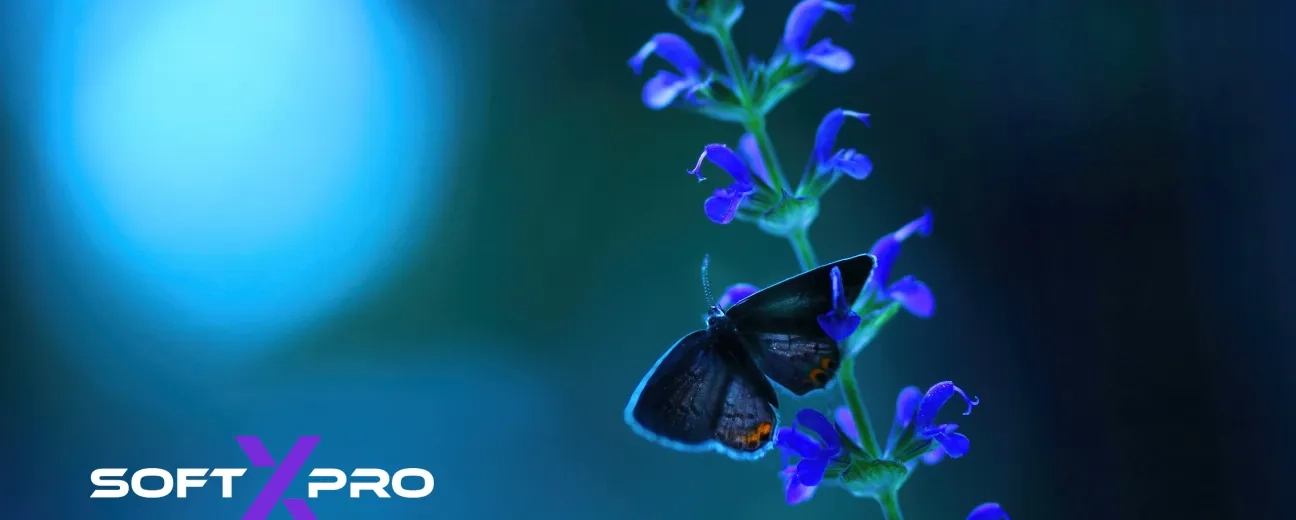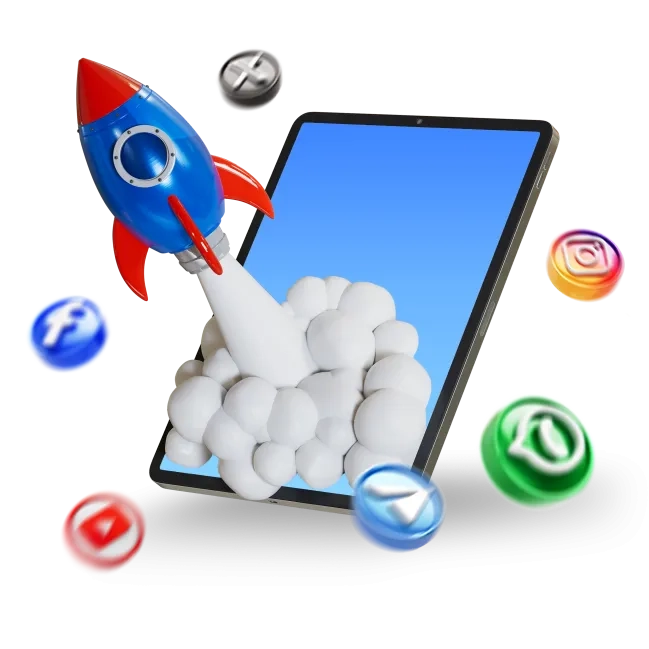How Nature-Inspired UI Design Creates Smoother Digital Experiences

What if your website felt as natural to navigate as a walk through the forest?
In a world of digital overload, users crave simplicity, calm, and intuitive flow. Nature-inspired UI design is not just a trend. It is a response to this need, blending organic aesthetics with smooth transitions to create interfaces that feel alive, familiar, and effortless.
Why Nature Belongs in Digital Design
Nature has always been the original design system. From the symmetry of a snowflake to the branching of trees, natural patterns are deeply embedded in how we perceive and process the world. Translating these into user interfaces is more than an aesthetic choice. It is a cognitive strategy.
According to Claritee, integrating natural motifs like leaf veins or bark textures into UI can guide user attention and reduce friction. These elements subtly direct the eye, create visual hierarchy, and evoke emotional calm. The result? Interfaces that are not only beautiful but also easier to use.
Think about the last time you felt overwhelmed by a cluttered app. Now imagine one that flows like a stream, guiding you gently from one action to the next.
The Science Behind Nature-Inspired Engagement
It is not just theory. A 2024 experimental study from the University of Twente tested three e commerce prototypes with varying degrees of natural UI elements. The findings were clear: users rated the more nature-inspired designs as more usable and engaging. Subtle cues like organic shapes and soft transitions led to higher satisfaction and longer interaction times.
Why does this work? Because our brains are wired to respond to natural stimuli. Smooth curves, fractal patterns, and gradual transitions mimic the way we experience the physical world. When digital interfaces reflect these patterns, they feel more intuitive and less mentally taxing.
Key benefits of nature-inspired UI:
- Reduces cognitive load
- Improves navigation flow
- Increases emotional connection
- Enhances brand storytelling
In a competitive digital landscape, the smallest emotional edge can turn a visitor into a loyal customer.
Smooth Transitions: The Unsung Hero of UX
Transitions are the connective tissue of digital experiences. Done poorly, they jar and confuse. Done well, they disappear - like the gentle fade of sunlight through leaves.
Modern UI design is embracing this philosophy. As highlighted in Aufait UX's 2025 web design trends, fluid micro animations and organic motion are replacing flashy effects. These transitions mirror natural movement - like water flowing or leaves swaying - creating a sense of continuity and calm.
At SoftXPro, we have seen firsthand how these transitions reduce bounce rates and improve task completion. When users feel guided rather than pushed, they stay longer and explore deeper.
Imagine a checkout process that flows like a river, not a maze. That is the power of smooth UI transitions.
Designing with Nature’s Blueprint
So how do you bring nature into your digital product without turning it into a forest-themed novelty? The key is abstraction. Nature-inspired design is not about literal trees and birds. It is about borrowing principles - symmetry, rhythm, texture, and flow.
Claritee explains how fractal geometries and fluid motion can be used to structure layouts and transitions. These patterns create familiarity and predictability, which are essential for usability.
Here are a few practical ways to apply nature’s blueprint:
- Use asymmetrical balance to create dynamic yet stable layouts
- Incorporate gradients that mimic natural light shifts
- Design transitions that echo natural motion (e.g., easing curves that resemble acceleration and deceleration in nature)
- Apply textures subtly to add depth and tactility
Nature does not rush, yet everything gets done. Your UI should feel the same.
Technology Meets Organic Design
Thanks to tools like WebGL 2.0 and Three.js, designers can now render organic shapes and transitions with precision and performance. As noted in Ergomania's UI trends report, the future of UI lies in blending minimalist clarity with expressive, nature-inspired interactions.
AI is also playing a role. Predictive design systems can now adapt transitions and layouts based on user behavior, creating interfaces that evolve like ecosystems. This dynamic responsiveness is not just smart - it is human-centric.
SoftXPro integrates these technologies into our custom website design services, helping brands craft experiences that feel alive, not artificial.
What if your interface could grow with your user, just like a tree adapts to its environment?
Case in Point: Nature-Inspired Success
One of our recent projects involved redesigning a wellness platform that struggled with high drop off rates. By introducing nature-inspired transitions, organic layouts, and calming color palettes, we saw a 38 percent increase in session duration and a 22 percent boost in conversions.
Users described the new experience as "soothing" and "easy to navigate." That is the power of aligning digital design with human instincts.
Explore more of our work in the SoftXPro portfolio.
Conclusion: Designing for the Human Mind
Nature-inspired UI design is not a passing aesthetic. It is a philosophy rooted in how we experience the world. By embracing organic patterns and smooth transitions, you create digital experiences that feel intuitive, engaging, and emotionally resonant.
At SoftXPro, we believe the future of design is not just functional - it is natural. Ready to bring that future to your brand?
See how SoftXPro can help you design a more intuitive, human-centered website → Explore our portfolio
